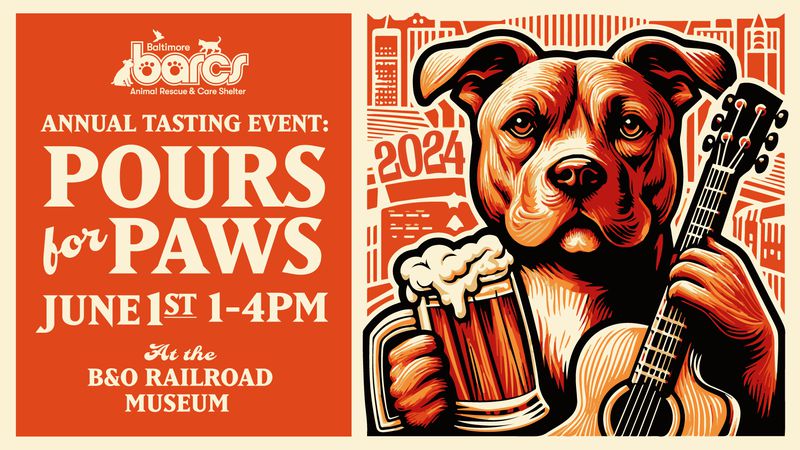
Community Cat Program
Breakfast time (for many of us) includes feeding our furry companions. But when was the last time you woke up to feed dozens of animals? That’s the task facing many residents in Baltimore. They’re the loving caretakers of our city’s free-roaming cats. There are tens of thousands of these cats here, and tens of millions of them throughout the country. Until a few years ago, this overpopulation problem continued endlessly with free-roaming cats producing litter after litter. Many communities tried “trap and kill” programs to solve the problem. This was not only inhumane, it did nothing to reduce the number of community cats.
But BARCS’ Community Cat Program is stopping the never-ending cycle of reproduction through Trap Neuter Return, also known as TNR. In 2007, Baltimore became one of many communities in the US to pass a law making TNR the preferred way of reducing its free-roaming cat population. With TNR, community cats are spayed or neutered, vaccinated for rabies and distemper, and when necessary, are treated for health issues. Veterinarians remove a tiny tip of the cat’s left ear so TNR’d cats are easily recognizable. Then the cats are returned back to their communities, no longer able to reproduce.
A three year grant from Best Friends Animal Society got things started at BARCS back in 2013, paying to TNR 10,500 cats. Since that time, the program has been supported through a lifesaving program grant from Petco Foundation and a spay/neuter grants from Maryland Department of Agriculture and PetSmart Charities.
After the grant’s completion, the Community Cat Program got underway in 2016, with an annual goal of providing TNR for 2,500 cats a year. So far, it has TNR’d about 5,800 community cats. The result has been no less than transformational. With fewer kittens being born, the number of cats coming into BARCS has dramatically decreased, and this has led to a 70% reduction in cat euthanasia over the last four years! With TNR, BARCS can focus on finding live outcomes for adoptable cats while providing a healthy life for those that roam free.
It’s a real win-win. You can be part of this success story. If you know of a community of unaltered cats, reach out to the Community Cat Program. And if you want to see the Community Cat Program in action, just watch this short video.
______________
Thank you to Deborah Stone Hess for writing this blog post and volunteering to help BARCS create a series of videos and blog posts to help better explain our programs.


